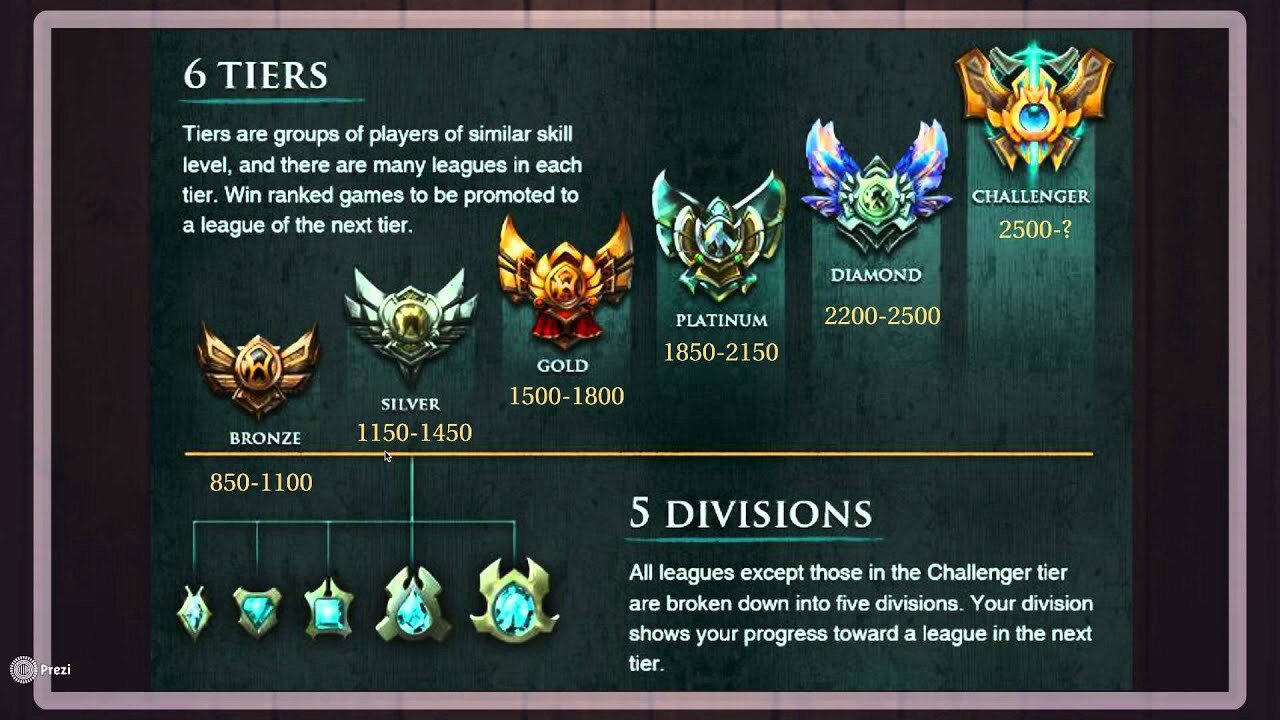How to prioritize like a chess player
Using the Elo rating system for project management
You are working in a startup or a larger, growing, company. You have ambitious objectives. You have a hundred ideas on how to attain them. But you have resources to build two, maybe three of them.
Does that sound familiar? That problem is part of the daily life of working for any sort of growing project: you’ll have to drop the vast majority of the ideas you come up with to focus on only a couple. The solution is of course to rank all of these ideas so that you can focus on the most promising ones. Lots of frameworks for that exist, with a favorite of mine being ICE, where each idea gets rated for Impact, Ease and Confidence.
But that can get tricky. Evaluating the ease to implement a hundred different ideas, or their expected impact, is a process fraught with subjectivity. The results you get may be inconsistent, or the task may become overwhelming. That may lead you to drop prioritizing altogether and just work on what seems to be important now.
But as Tinder has taught us, while picking the best out of very many options is very hard, making a yes or no decision on one option is much easier. This is something that can be leveraged to create global rankings, if used in conjunction with the Elo rating system.
The Elo rating system
Physicist and chess grandmaster Arpad Elo developed the eponymous system in the 1950s to rank chess players. The goal was to use the outcomes of the thousands of 1:1 chess games that get played every year to establish a global rating of all players. This way, each player would know where they stand on the ladder, even against players they have never met.
Elo’s idea was simple: each player gets a score, which reflects their level, and therefore his or her likelihood to win. After each game, the scores are reevaluated, taking into account the outcome and the scores of the players going in.
If you’re an average chess player and you play against a grandmaster, and lose, both of your scores are going to stay unchanged: they predicted the game would end this way. If you win, on the other hand, your score is going to jump up since your performance was so much higher than expected — and the grandmaster’s score is going to decrease as much.
The great thing of the Elo rating system is that it allows comparing a wide range of players, who may have played more or fewer ranked games. Whenever a new players comes in, you give them an average starting score, and you let them play: with time, their score is going to move towards their true level, and they will find their place on the ladder.
The Elo rating system has since been used in numerous other games and sports, but it can also be used to rank anything. Mark Zuckerberg used it in Facemash, his 2003 site ranking the attractiveness of Harvard students by pitting them one against another. Randall Munroe (of XKCD fame) made a series of websites looking to find “The funniest”, “The cutest” or “The fairest” of images by asking thousands of viewers to pick which one was funnier, cuter or fairer, out of two.
Using Elo rating for project management
Elo rating makes it very simple to find the most impactful or easiest feature to work on. First, list out all of the elements you want to rank, and decide what you are ranking them on (impact, ease, cuteness, …). Then:
Draw out two at random
Pick the better one according to your criterion
Adjust their scores using the Elo system
Repeat until the results are sufficiently diversified
That’s it. And look, you don’t even have to do the math. I’ve written a website that does it. Just dump a list of items in it and start ranking.
What it will teach you
By using this system to rank your ideas, you will quickly and effortlessly identify the most impactful, the easiest, or whatever else you want to find. The results may be more or less surprising, but they will in every case be an interesting data point to add to your thinking.
In addition, if you are part of a team, this can provide a great basis for discussion. Ask every team member to rank a list on their own, and compare every one’s results: whether you are aligned or not will be immediately apparent, and you will be able to focus the discussion on getting in sync on points on which the opinions differ.
Most importantly, it’s easy to get started, regardless where you are with your project. So try it out, and ping me with your feedback.


